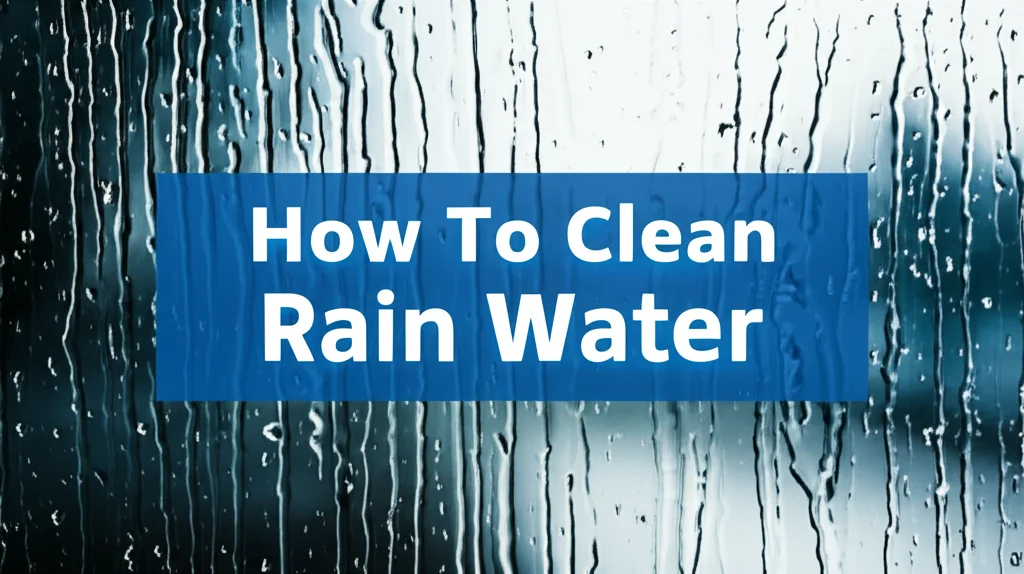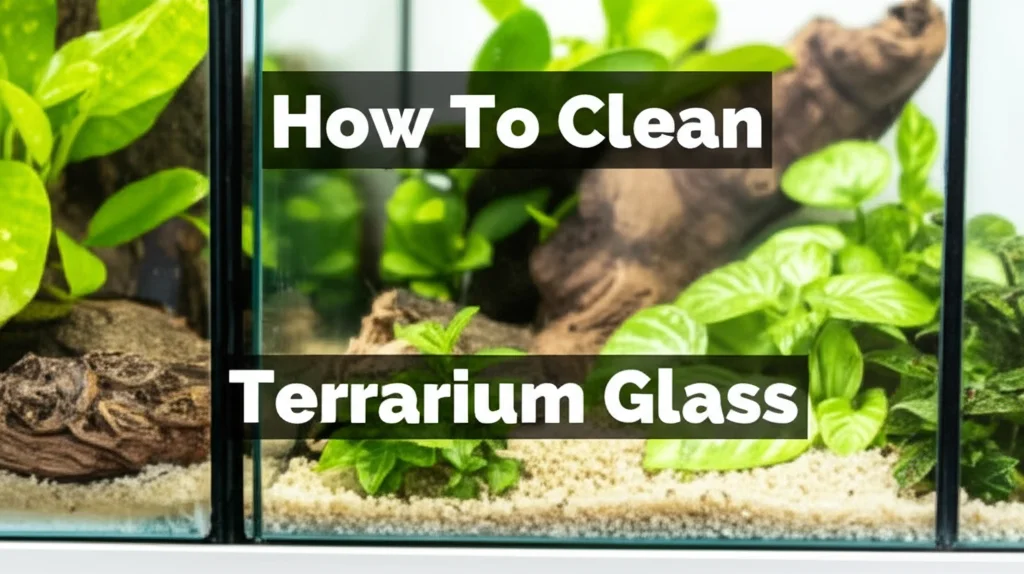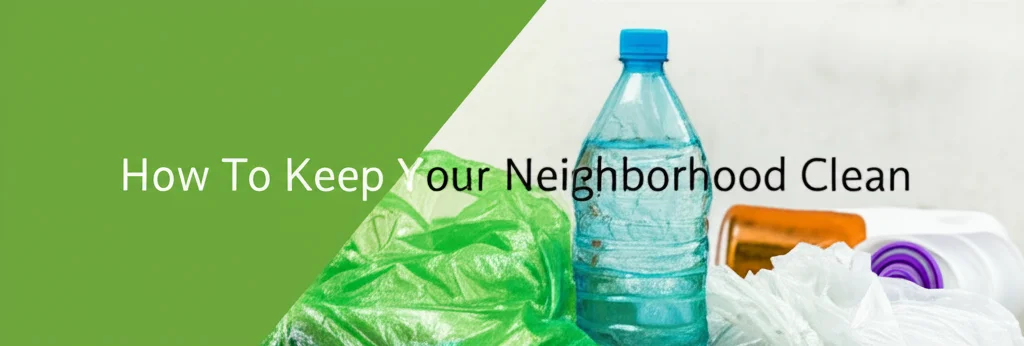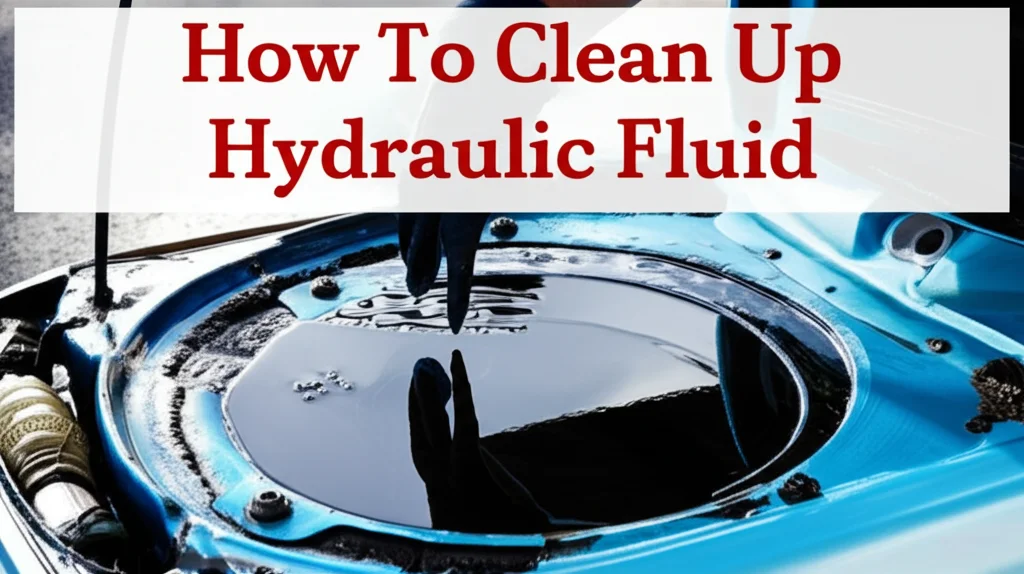· Home & Garden · 7 min read
How To Clean Rain Water

Is Rainwater Really Clean?
Have you ever wondered if the rainwater cascading from your roof is truly as pure as it seems? While rainwater starts as distilled water, it quickly picks up contaminants as it falls through the atmosphere and flows across surfaces. This means that simply collecting rainwater isn’t enough if you plan to use it for anything beyond watering plants. Learning how to clean rain water is crucial for making it safe for drinking, washing, or other household uses. This article will guide you through the necessary steps to purify rainwater, ensuring a sustainable and safe water source for your home. We’ll cover everything from basic filtration to advanced purification methods, so you can confidently utilize this valuable resource.
Here’s a quick answer: Cleaning rainwater involves a multi-stage process: initial filtration to remove debris, followed by purification (boiling, UV treatment, or chemical disinfection) to kill bacteria and viruses, and finally, testing to confirm its safety.
Key Takeaways:
- Filter rainwater to remove physical contaminants.
- Purify rainwater to eliminate harmful microorganisms.
- Regularly test rainwater to ensure it meets safety standards.
Why Cleaning Rainwater is Important
Rainwater is a fantastic resource, but it’s not inherently safe to drink without treatment. As rain falls, it collects pollutants from the air, including dust, pollen, and even industrial chemicals. Once it lands on your roof, it can pick up more contaminants like bird droppings, leaves, and roofing materials. These contaminants can harbor bacteria, viruses, and parasites that can make you sick. Therefore, understanding how to clean rain water is essential for protecting your health and maximizing the benefits of rainwater harvesting. Proper cleaning transforms a potentially hazardous resource into a sustainable and reliable water supply.
Setting Up Your Rainwater Collection System
Before you even think about cleaning, you need a well-designed rainwater harvesting system. The initial setup significantly impacts the cleanliness of the water you collect. A good system minimizes contamination from the start. Here’s what to consider:
- Roof Material: Avoid collecting rainwater from roofs made of asbestos, lead, or treated wood. Metal or tile roofs are generally the best options.
- Gutters and Downspouts: Keep your gutters clean and free of debris. Install leaf screens to prevent leaves and twigs from entering the system.
- First Flush Diverter: This device diverts the first portion of rainwater, which contains the highest concentration of contaminants, away from your storage tank. It’s a simple but effective way to improve water quality.
- Storage Tank: Choose a food-grade, opaque tank to prevent algae growth. Keep the tank sealed to prevent insects and animals from entering. You can find more information on choosing the right tank at https://www.beacleaner.com/how-to-clean-outside-windows-upstairs/.
The First Step: Filtering Rainwater
Filtering is the first line of defense in how to clean rain water. It removes visible debris and larger particles. There are several filtration methods you can use, ranging from simple to more sophisticated:
- Mesh Screens: These are placed at the gutter entrance and downspout to catch leaves, twigs, and other large debris.
- Sediment Filters: These filters remove smaller particles like sand, silt, and rust. They are typically installed before the storage tank. Different micron ratings are available, with lower numbers indicating finer filtration.
- Carbon Filters: Carbon filters remove chlorine, odors, and some organic contaminants. They improve the taste and clarity of the water.
- Sand Filters: These filters use layers of sand and gravel to remove sediment and bacteria. They are often used in larger rainwater harvesting systems.
Purifying Rainwater for Safe Consumption
Filtration alone isn’t enough to make rainwater safe for drinking. Purification is necessary to kill harmful microorganisms. Here are the most common purification methods:
- Boiling: Boiling water for one minute kills most bacteria and viruses. This is the simplest and most reliable method, but it requires energy and doesn’t remove chemical contaminants.
- UV Disinfection: Ultraviolet (UV) light kills microorganisms by damaging their DNA. UV systems are effective and don’t add any chemicals to the water. However, they require electricity and the water must be clear for the UV light to penetrate effectively.
- Chemical Disinfection: Chlorine or iodine can be used to disinfect rainwater. Follow the manufacturer’s instructions carefully, as too much disinfectant can be harmful. This method is effective but can leave a residual taste and odor.
- Solar Disinfection (SODIS): Fill clear plastic bottles with filtered rainwater and expose them to direct sunlight for at least six hours. The UV rays from the sun will kill many harmful microorganisms. This is a low-cost and sustainable option, but it’s less effective on cloudy days.
Maintaining Your Rainwater System: Regular Cleaning
Consistent maintenance is key to ensuring your rainwater remains clean. Neglecting your system can lead to contamination and reduce its efficiency. Here’s a maintenance schedule:
- Gutters and Downspouts: Clean gutters at least twice a year, or more frequently if you live in an area with heavy leaf fall.
- First Flush Diverter: Empty and clean the first flush diverter after each rainfall event.
- Storage Tank: Inspect the storage tank annually for cracks, leaks, and sediment buildup. Clean the tank every 2-3 years, or as needed.
- Filters: Replace sediment and carbon filters according to the manufacturer’s recommendations. Regular filter changes are vital for maintaining water quality. If you’re unsure about filter maintenance, consider professional help. You might find some helpful tips on maintaining your home at https://www.beacleaner.com/how-to-clean-hardwood-floors-with-vinegar/.
Testing Your Rainwater: Ensuring Safety
Even with filtration and purification, it’s essential to test your rainwater regularly to ensure it meets safety standards. Testing can identify contaminants that may not be removed by your system.
- Bacteria: Test for coliform bacteria, which indicate the presence of fecal contamination.
- pH: The pH level should be between 6.5 and 8.5.
- Heavy Metals: Test for lead, copper, and other heavy metals, especially if you have older roofing materials.
- Chemicals: Test for pesticides, herbicides, and other chemicals if you live near agricultural areas.
You can purchase rainwater testing kits online or through a local health department. Professional lab testing is also available for more comprehensive analysis.
Frequently Asked Questions (FAQs)
Q: Can I drink rainwater straight from the roof? A: No, rainwater collected directly from the roof is not safe to drink without filtration and purification. It contains contaminants that can cause illness.
Q: How often should I clean my rainwater tank? A: You should inspect your rainwater tank annually and clean it every 2-3 years, or as needed, depending on the amount of sediment buildup.
Q: What is the best way to purify rainwater for drinking? A: Boiling, UV disinfection, and chemical disinfection are all effective methods for purifying rainwater. The best method depends on your specific needs and resources.
Q: Is rainwater acidic? A: Rainwater is naturally slightly acidic due to the absorption of carbon dioxide from the atmosphere. However, the acidity is usually not harmful.
Q: Can I use rainwater for washing clothes? A: Yes, properly filtered and purified rainwater can be used for washing clothes. It’s gentler on fabrics than tap water.
Conclusion: Harnessing the Power of Clean Rainwater
Learning how to clean rain water is a valuable skill for anyone interested in sustainable living. By implementing a proper filtration and purification system, and maintaining it diligently, you can unlock a reliable and eco-friendly water source. Remember to prioritize safety by regularly testing your water to ensure it meets quality standards. Rainwater harvesting isn’t just about saving water; it’s about taking control of your water supply and reducing your environmental impact. Start today and enjoy the benefits of clean, sustainable rainwater! For more cleaning tips and tricks, explore our other articles at https://www.beacleaner.com/how-to-remove-mold-from-painted-walls/.




